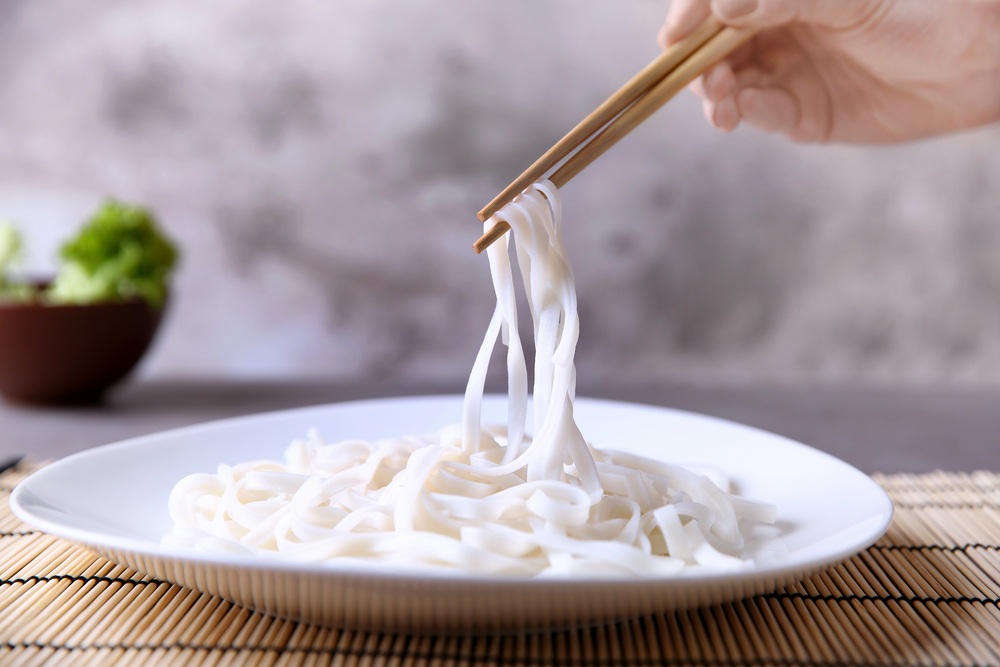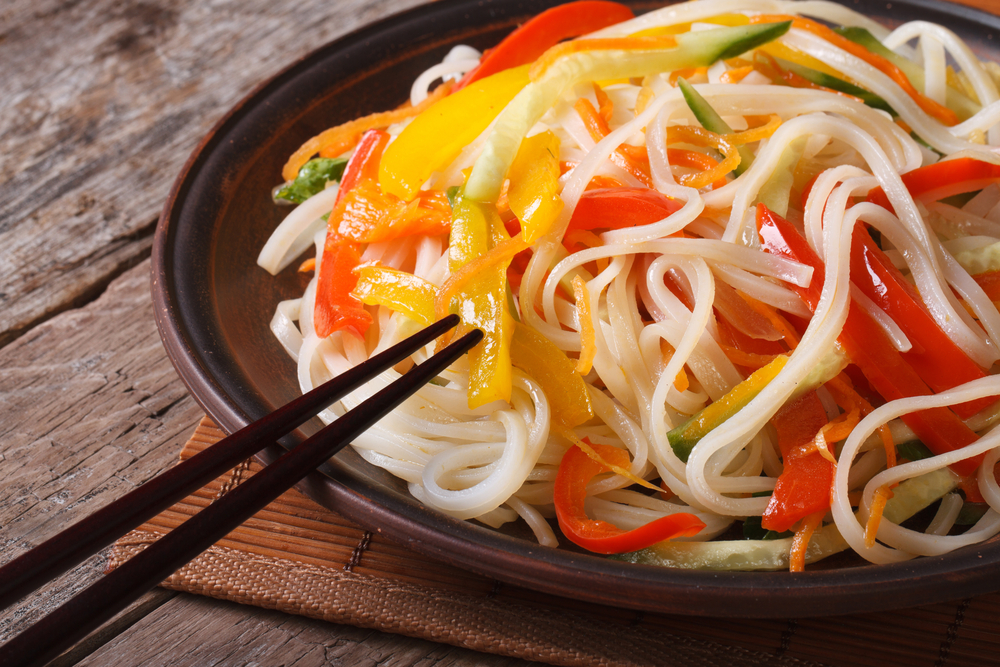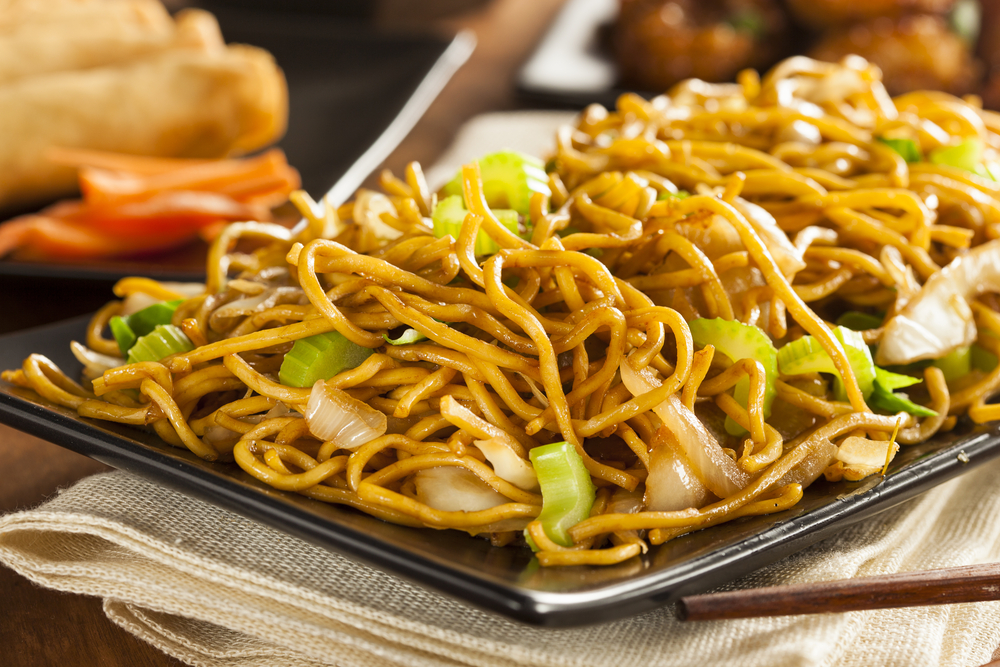When you have a large serving of rice noodles, you want to eat them all. We all know how filling they can be, no need to throw the leftovers in the trash if you know a good way to reheat them.
Most restaurants serve such large quantities of rice noodles that the excess gets tossed in the trash. People are skeptical about reheating them because they assume they will not reheat properly.
Reheating rice noodles is a simple process that often is overlooked. Now you too can learn how to revamp this once tossed side-dish on the stovetop, microwave, oven, or even an air fryer if you want them a little crispy.

Whichever way you choose will be tasty and unique. Reheated rice noodles pair well with pork tenderloin and a nice glass of wine.
Reheating Rice Noodles in the Microwave
Microwaving is the simplest way to reheat rice noodles. It involves little to no prep and can be done by anyone, no need to be a gourmet chef with this method.
Steps
- Place noodles in a microwave-safe bowl
- Add 1 Tablespoon water or cooking oil
- Place a paper towel over the noodles
- Microwave in increments of 30 seconds
- Mix noodles after every 30 seconds to avoid drying out
- Cool and serve
Rice noodles will dry out pretty quickly. Be sure to give them a toss every 30 seconds to avoid dry edges. Do not add too much liquid, as this will cause the rice noodles to become gummy and soft.
Reheating Rice Noodles on the Stove
When reheating rice noodles on the stovetop, you have more flexibility to add other ingredients to spruce them up a bit. This method takes a little more time, but the taste is more palatable.

Steps
- Preheat skillet on med/high setting
- Add 1 tablespoon cooking oil
- Add noodles to the skillet evenly. Be sure to pull apart any clumps.
- Cook for 3-5 minutes
- Toss noodles with tongs or fork
- Reduce heat to low and cover with lid
- Cook 2-3 minutes until noodles are soft
- Cool and serve
Using sesame oil is a great way to give these noodles an authentic Asian flavor. Top them with scallions and chili flakes to complete the dish.
Reheating Rice Noodles in the Oven
Most people would not think to reheat rice noodles in the oven. They believe that they would dry out completely and no longer be appetizing. With this method, you can not only reheat them correctly, but they will be delicious as well.
Steps
- Preheat oven to 350 degrees
- Toss noodles in 1 Tablespoon cooking oil
- Put noodles in an oven-safe dish with a lid
- Bake for 10 minutes with a lid covering
- Remove from oven and allow to sit for 5 minutes
- Cool and serve
When tossing the noodles in oil before cooking, the noodles may be hard to break apart. Allow the noodles to thaw thoroughly before tossing to make handling easier. Nuke the noodles in the microwave for 15 seconds to soften them up, or use your hands to break them up.

Reheating Rice Noodles in an Air Fryer
This method will be a little crisper and not as soft in the center. It will need more attention, so the noodles do not dry out completely.
Steps
- Preheat air fryer to 350 degrees
- Drizzle cooking oil onto rice noodles
- Place noodles into the air fryer
- Cook noodles for 3 minutes
- Use a fork to rotate noodles to assure even heating
- Cook noodles for an additional 3 minutes
- Cool and serve
When completed, the noodles will have a rougher texture than the above methods. Adding a little spritz of water to the outside edges can help reduce the dry edges.
Recap
What once was a nightmare of a dish to reheat is now simple and easy. When done correctly, you can reheat rice noodles in a variety of ways.
Remember to allow your rice noodles to thaw out before reheating. Not only does this make it easier, but it also allows the noodles to cook evenly.
Always add cooking oil when reheating rice noodles. If you are calorie-conscious, you may substitute the oil for water or vinegar. Although, this will alter the taste a bit.







